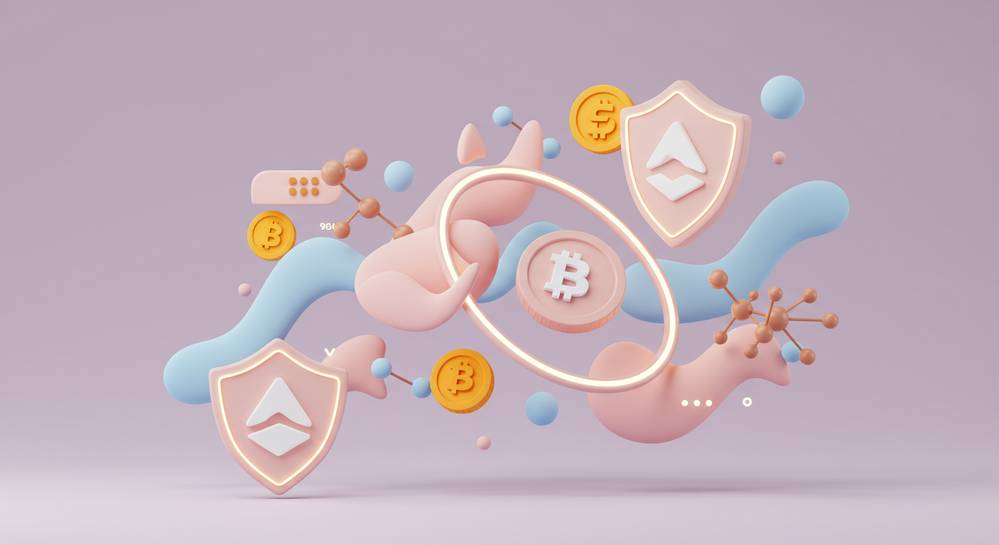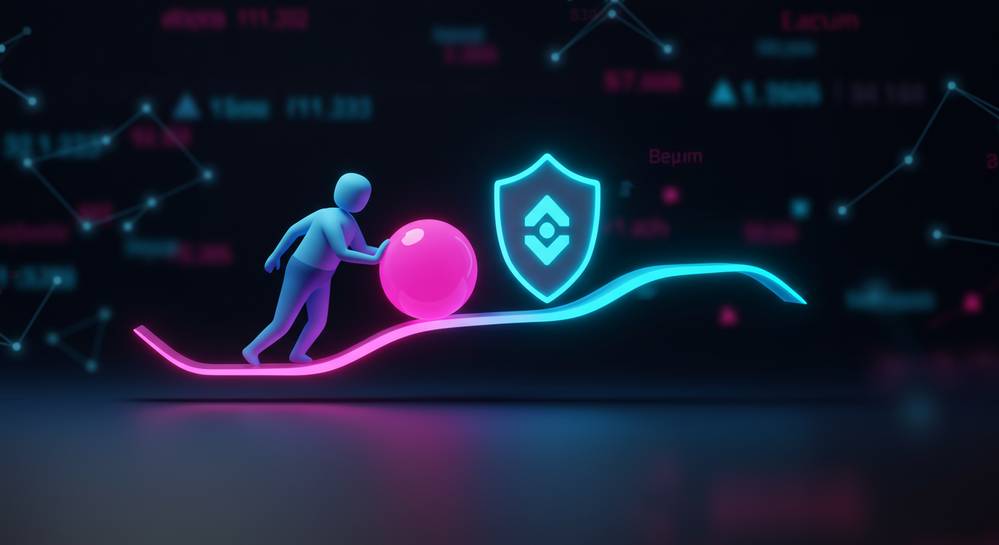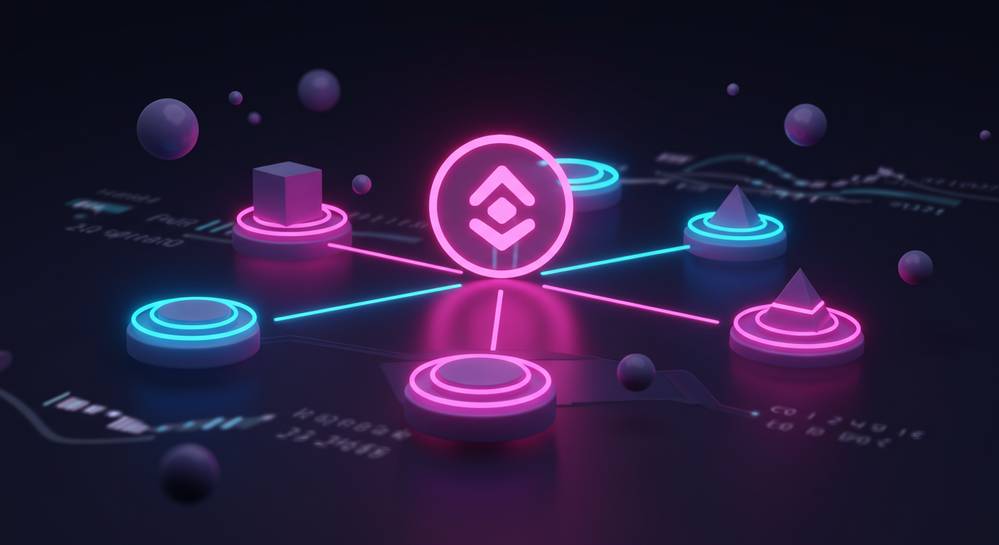Let’s cut to the chase. What is blockchain technology? It’s not just for crypto wizards or tech buffs. Picture a world where transactions are open yet secure, where trust is built into the system. That’s blockchain. It’s a simple idea: a chain of blocks, but not in the way you played with in kindergarten. Each block is packed with data, strung together to make a clear, unchangeable record. Right now, you might think of blockchain as Bitcoin’s backbone, but it’s set to shake up how we track, trade, and secure all sorts of goodies beyond your digital wallet.
Unveiling Blockchain Fundamentals
Exploring Blockchain Basics and Distributed Ledger Technology
Think of a ledger as a big notebook full of notes. Now, fill it with digital notes, spread it across many computers worldwide, and you’ve got a distributed ledger. This is where blockchain basics begin. A blockchain is a series of linked-up records, called blocks, which include transaction data and timestamps. It’s like a chain of digital blocks.
An easy way to understand how blockchain works is to look at how it keeps data safe. Each block has a unique code called a cryptographic hash. It locks up the block’s info tight, so it can’t be changed. Also, everyone on the network shares the same data, making it a team effort to keep records accurate.
Blockchain’s rules, or principles, ensure no one person calls the shots. It’s a team game, with everyone on the same page. That means no cheating, because you can’t change data without everyone knowing. It’s immutable, which means once it’s there, it’s there for good.
Understanding How Blockchain Works and Its Core Principles
Now, let’s dive deeper into the nitty-gritty of how blockchain ticks. Every time someone makes a transaction, the blockchain updates. This update happens across all copies of the ledger at once. It’s like updating an open Google Doc that everyone can see at the same time.
But how does the blockchain decide to add a new block? That’s where consensus mechanisms come in. They’re like the rules of a game that everyone agrees to. In blockchain, one popular rule is called proof of work. It makes computers solve hard puzzles to add new blocks. Another rule, proof of stake, lets people add blocks based on how many coins they hold.
Blockchain isn’t just about money moves. It also allows for smart contracts, which are like self-running computer programs that follow rules set by business deals. For example, if you and I agree that you’ll pay me once I deliver goods, the smart contract ensures that happens without anyone else needing to check on it.
Enterprises are now using blockchain to track products from factory to delivery. They call this supply chain transparency. It means everyone can see where a product is at any time. Banks are also using it for cross-border payments, to move money fast and cheap without extra fees.
Apart from finance, blockchain is branching out. It’s changing how we do healthcare, protecting patient data while keeping it accessible. It’s helping artists protect their work with non-fungible tokens, or NFTs. These are unique digital assets that prove ownership.
But blockchain isn’t perfect. It’s got its own growing pains, like getting too big to handle lots of transactions quickly. The community is working on ways to make it faster. These are called layer 1 and layer 2 solutions. They build on top of the original blockchain to speed things up.
And we can’t forget about private versus public blockchains. Public ones let anyone join, while private blockchains are like a members-only club. Some even mix both, creating a hybrid solution.
So, as we continue to unveil blockchain fundamentals, remember it’s more than just cryptocurrency. It’s a technology forming the backbone of new, trusty ways for all of us to interact and do business in the digital world.
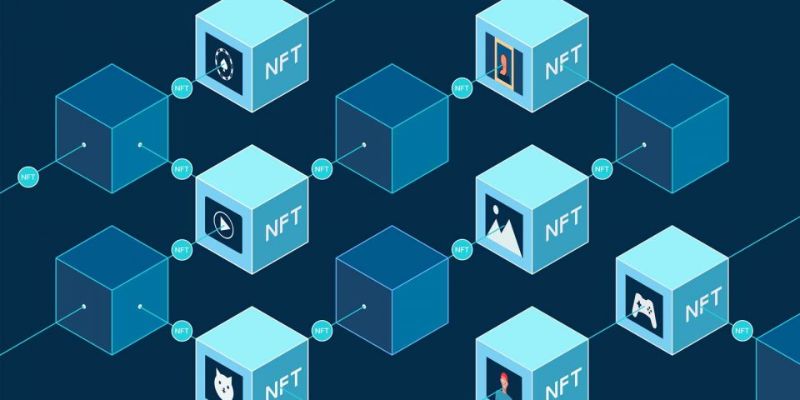
Dissecting the Technology Behind Cryptocurrencies
Cryptographic Hash Functions: The Building Blocks of Security
Let’s dive into how safe blockchains are. Picture a special lock that turns info into a unique code. This lock is the cryptographic hash function and it is key to blockchain security. No two bits of info give the same code. It’s how blockchain spots changes to data. If the info changes, even a little bit, the code changes big time. This stops tampering.
The Interconnected Realm of Decentralized Networks and Smart Contracts
Blockchains are big teams of computers. They work together but are owned by different people. This is what we call a decentralized network. Decentralized means no single boss. That’s cool because it spreads out power which can make things fairer.
Now, smart contracts are like robot promises. They are code on the blockchain that run when certain things happen. If A happens, then B happens. No need for a person to do it; it just happens. This is great for trust and speed.
That’s the scoop on how blockchains help keep our digital stuff safe and smart. Smart contracts and hash functions are fancy words but they mean security and trust. And that’s something we all want more of, right?
Transforming Industries with Blockchain Applications
Pioneering Enterprise Blockchain Solutions for Enhanced Supply Chain Transparency
Blockchain is like a magic ledger. It lets many people and companies share data safely. This is because a blockchain is a list of records, called blocks, which link using math. Each block has a list of transactions, kind of like a page in a ledger book.
How does blockchain work? It spreads copies of the ledger across a network. No single person can change the ledger by themselves. This is what we call distributed ledger technology. It means all people can trust the record without needing someone in the middle.
Now let’s talk about supply chains. These are steps to get a product from start to end. But, supply chains can be tricky. With blockchain, every move of a product can show on the ledger. This helps everyone know where things are and keeps it honest. It is much easier to find problems when they happen.
Let’s imagine a cargo ship full of toys. With blockchain, we can track the toys from the factory to the store. If a toy goes missing, we can spot it fast. We call this supply chain transparency. It’s important because it lets customers know they can trust what they buy.
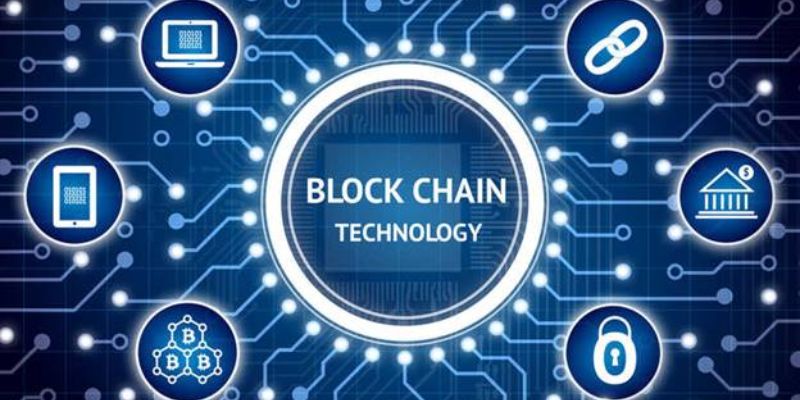
The Pivotal Role of Blockchain in Healthcare and Cross-border Payments
Healthcare has lots of private info. Blockchain helps keep this info safe and sound. Doctors and nurses can see your health records, but no one else. This is handy because no one can change your records without permission.
What about sending money to another country? It can be slow and cost a lot. With blockchain, we can send money fast and cheap. This is because it removes the need for banks in the middle.
Now, some people get mixed up between blockchain and bitcoin. They’re not the same. Bitcoin uses blockchain to work, but blockchain can help with lots of other things too. It’s more than just for making money digital.
For example, imagine you’re buying a house. With blockchain, you can send your payment without waiting for banks. This is because of things called smart contracts. These are like deals on the blockchain that work by themselves when certain things happen. They are super fast and make sure everyone does what they say.
In the end, blockchain is not just for tech folks. It is touching many parts of life and work. It is here to make things more open, safe, and quick. And I’m always exploring ways to make blockchain help us even more in our day-to-day lives.
Overcoming Challenges and Looking to the Future
Addressing Blockchain Scalability Issues with Layered Solutions
Have you ever heard that blockchain is slow? It can be! But smart brains work hard to fix it. We call this “scalability,” and it’s a big word for saying “making things faster.” In blockchain, a book records all trades. Sometimes, this book gets too full. Then trades slow down. We don’t like waiting, right?
Blockchain has a cool way to solve this. Think of it like adding more checkout lines at a store. When one line gets too long, another opens up. This fix has a name: “layered solutions.” It means we build new layers on top to move some trades there. This helps speed things up.
One of two main types is “layer 1.” This is like making each line at the store move faster. Changes made to the original blockchain rules help more trades happen at once. “Proof of work” is one rule—it’s like a puzzle for computers. They solve it to add trades to the book. But a new rule, “proof of stake,” lets people with more coins play a bigger role. It’s another way to make things move quicker.
“Layer 2” is the second main type. It’s like adding a whole new floor to the store– a special space where some trades can go. A popular choice here is “sidechains.” These are mini-blockchains tied to the main one. They help by taking some of the load off.
Both of these fixes help lots, making trades fly like superhero capes in the wind! They are perfect for when lots of people want to trade at once.

Exploring the Intersection of Blockchain with IoT and Its Ecological Impact
Now, got your thinking caps on? Good! Let’s talk about how blockchain meets “IoT,” or the Internet of Things. IoT is when things like fridges, cars, and lights talk over the web. They send info back and forth. And blockchain steps in to make all this chat safe and trusty.
A fridge can tell a store, “Hey, we need more milk!” and the store knows this message is real. No fibs, no mix-ups. Just cold, fresh milk on time! It’s all thanks to blockchain keeping those messages iron-clad safe.
But wait, what about Earth? Do these blockchains and gadgets use up too much power? They can! Blockchains that use “proof of work” need loads of computer power. That means a lot of energy, and that’s not fun for our planet.
But here’s the good part: People are coming up with new ideas, like “proof of stake” that we talked about, which is much nicer to our Earth. And some are working on ways for blockchains to use the tiniest bits of power possible. That way, we can keep all the good stuff without hurting our big blue home.
In short, as a Blockchain Solutions Architect, thinking of tomorrow is key. We want fast trades, smart fridges, and a happy planet. The tools we use keep changing for the better, aiming to make the future bright!
In this post, we dove into blockchain basics and how they shape our digital world. We saw how chains of data work together in a secure way. We also looked at how these ideas form the backbone of cryptocurrencies like Bitcoin. Our journey took us through the tech that guns the whole system. This tech brings trust to trades without need for a middleman. We even explored how this all plays big in supply chains and health care.
Looking forward, we must tackle growing pains in speed and scale. We’ll see how blockchain meets new tech like IoT. This can change how we trade and link up across the globe. Now you know a bit more about blockchain. Keep your eye on this space – it’s changing things fast. Let’s use this tech for good and keep pushing for a bright future!
Q&A :
What Exactly is Blockchain Technology?
Blockchain technology is a revolutionary digital ledger system that is used to record transactions across several computers. This ensures that any recorded data cannot be altered retroactively, without the alteration of all subsequent blocks and the consensus of the network. It’s most commonly known for underpinning the digital currency Bitcoin, but its applications are becoming more diverse.
How Does Blockchain Technology Work?
A blockchain is essentially a chain of blocks, where each block contains data of value. The technology relies on a decentralized network of computers (nodes) to manage and maintain the ledger of transactions. Each block contains a cryptographic hash of the previous block, a timestamp, and transaction data, securely linking the blocks together. Transactions are approved by consensus among participants in the system, making fraud more difficult.
What are the Main Advantages of Blockchain Technology?
The main advantages of blockchain technology include enhanced security, improved transparency, and increased efficiency and speed of transactions. The decentralized nature of the blockchain makes it resistant to single points of failure and hacking, while the immutable record-keeping ensures transparency. Smart contracts automate tasks and transactions, streamlining processes typically bogged down by manual intervention.
Can Blockchain Technology Be Used Beyond Cryptocurrency?
Absolutely, blockchain technology has a myriad of applications beyond just cryptocurrency. It’s being explored for use in healthcare for secure patient data management, in supply chain and logistics to improve transparency and efficiency, in voting systems to enhance security and reduce fraud, and much more. The potential for blockchain technology is vast, as it can be adapted to almost any kind of transaction involving value, including money, goods, and property.
Is Blockchain Technology Secure?
Blockchain technology is known for its strong security features. The use of encryption and decentralization means that tampering with records is almost impossible because it requires consensus across the network and changing all subsequent blocks. However, like any system, it’s not entirely immune to risks, and proper security measures should always be implemented.

